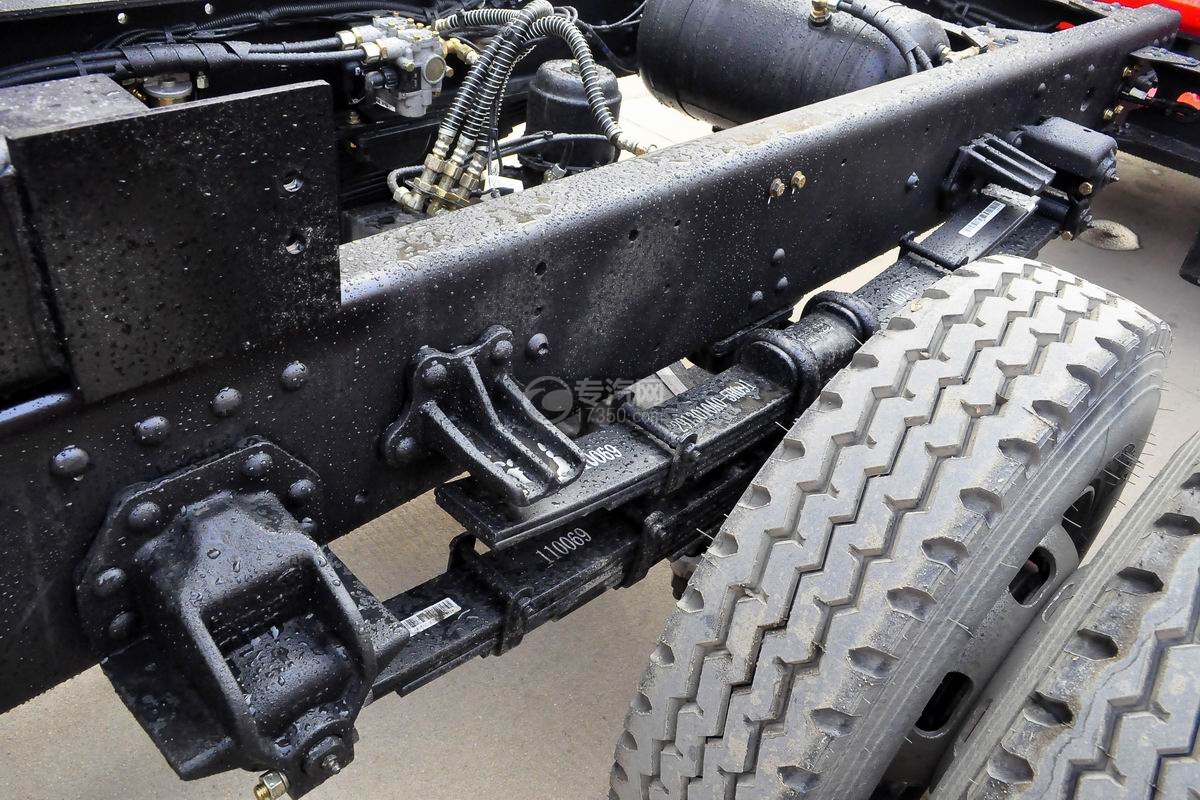A leaf spring is a suspension spring made up of leaves that are often used in wheeled vehicles. It’s a semi-elliptical arm made out of one or more leaves, which are steel or other material strips that flex under pressure but return to their original shape when not in use. Leaf springs are one of the oldest suspension components, and they are still utilized in most vehicles. Another type of spring is the coil spring, which is widely used in passenger vehicles.
Over time, the automotive industry has seen a significant transformation in leaf spring technology, material, style, and design. Leaf-spring suspension comes in various types with varied mounting points, forms, and sizes accessible worldwide. Simultaneously, a lot of research and development is going on to discover lighter alternatives to heavy steel.
The automotive leaf spring market will expand steadily over the next few years. Strong consumption figures can be seen in the worldwide market, which is predicted to expand annually. Tier-1 firms predominate in the highly fragmented worldwide market for automotive leaf spring systems.
In 2020, the COVID-19 epidemic affected various enterprises on a global scale. Due to the initial lockdowns and factory closures, which reduced car sales, it had a mixed effect on the market. However, when limits were loosened in the wake of the pandemic, the global automotive leaf spring market vehicles experienced tremendous development. Auto sales have started to increase as the situation has begun to improve. For instance, the number of registered trucks in the United States increased from 12.1 million in 2019 to 10.9 million in 2020. However, the nation sold 11.5 million units in 2021, a rise of 5.2 percent compared to the previous year.
Long-term growth in the automotive leaf spring market for commercial vehicles and rising consumer demand for comfortable automobiles are both predicted to drive up demand for automotive leaf springs. Additionally, as the global e-commerce market continues to grow, there will likely be a rise in the need for light commercial cars to meet the needs of automakers, which will result in a rise in the demand for automotive leaf springs globally. The popularity of pickup trucks for personal use has also risen in the US, which has raised the need for leaf springs.
Asia-Pacific will present a number of attractive opportunities to the global manufacturers of automotive leaf springs, given China’s high commercial vehicle production and consumption, as well as the strong presence of growing economies such as China, India, Japan, and South Korea. The majority of suppliers in the region seek to produce lightweight solutions utilizing superior materials as it allows them to adhere to the set standards. Furthermore, because of their lightweight and great durability, composite leaf springs are progressively replacing conventional leaf springs.
Market Restraints:
Over time, automotive leaf springs deteriorate structurally and droop. The vehicle’s cross weight may shift when the sag is uneven, which might somewhat worsen the handling. The angle of the axle to the mount may also be impacted by this. Wind-up and vibration can be produced by acceleration and braking torque. This can limit market expansion during the anticipated term.
Automotive Leaf Spring Market Segmentation
By Type
An automotive leaf spring can be semi-elliptic, elliptic, parabolic, or another form. The semi-elliptic kind of automobile leaf spring can expand at the highest rate during the review period, while the parabolic type is projected to be in the highest demand.
By Material
Metal and composite materials are both utilized to create leaf springs. With regard to both volume and value, metal might emerge as the market’s top sector among them.
By Sales Channel
Aftermarket and OEM are the two primary segments, depending on the sales channel. In terms of volume and value, the OEM sector is predicted to have the most growth in the worldwide market.
Light commercial vehicles, large commercial vehicles, and passenger cars are the vehicle types most commonly fitted with leaf spring technology. Over the anticipated time frame, the light commercial vehicle category is anticipated to take the lead.
Automotive Leaf Spring Market Regional Insights
The e-commerce industry in the Asia-Pacific is thriving, in turn bolstering the transportation industry size. Due to China’s and India’s expanding automobile manufacturing industries, the Asia-Pacific region is expected to have considerable expansion in the global market. due to increased production of MHCVs (Medium and Heavy Commercial Vehicles) in Asia’s growing economies and the presence of commercial vehicle producers like Tata Motors and Toyota Motors. The region where leaf springs will most likely be offered in the near future is Asia-Pacific.
Numerous companies in the region are focusing on producing composite leaf springs for electric cars and light commercial vehicles (LCVs) due to the fact that they lessen harshness, noise, and vibration. Additionally, compared to steel leaf springs of various grades, the composite leaf springs weigh 40% less, have a 76.39 percent lower stress concentration, and deform 50% less.
North America is not much behind in terms of expansion, and it is likely moving forward significantly on the worldwide market. Light commercial vehicle demand, which is booming in the transportation sector, is one of the main drivers of regional automotive leaf spring market growth. The regional administration also imposes stringent fuel economy standards with the intention of reducing the negative consequences of global warming. Since it enables them to maintain the aforementioned standards, the bulk of the renowned suppliers in the area favor employing cutting-edge materials to build lightweight products. Additionally, because of their light weight and outstanding durability, composite leaf springs are steadily becoming more popular and are progressively displacing traditional steel leaf springs.
Post time: Nov-25-2023









